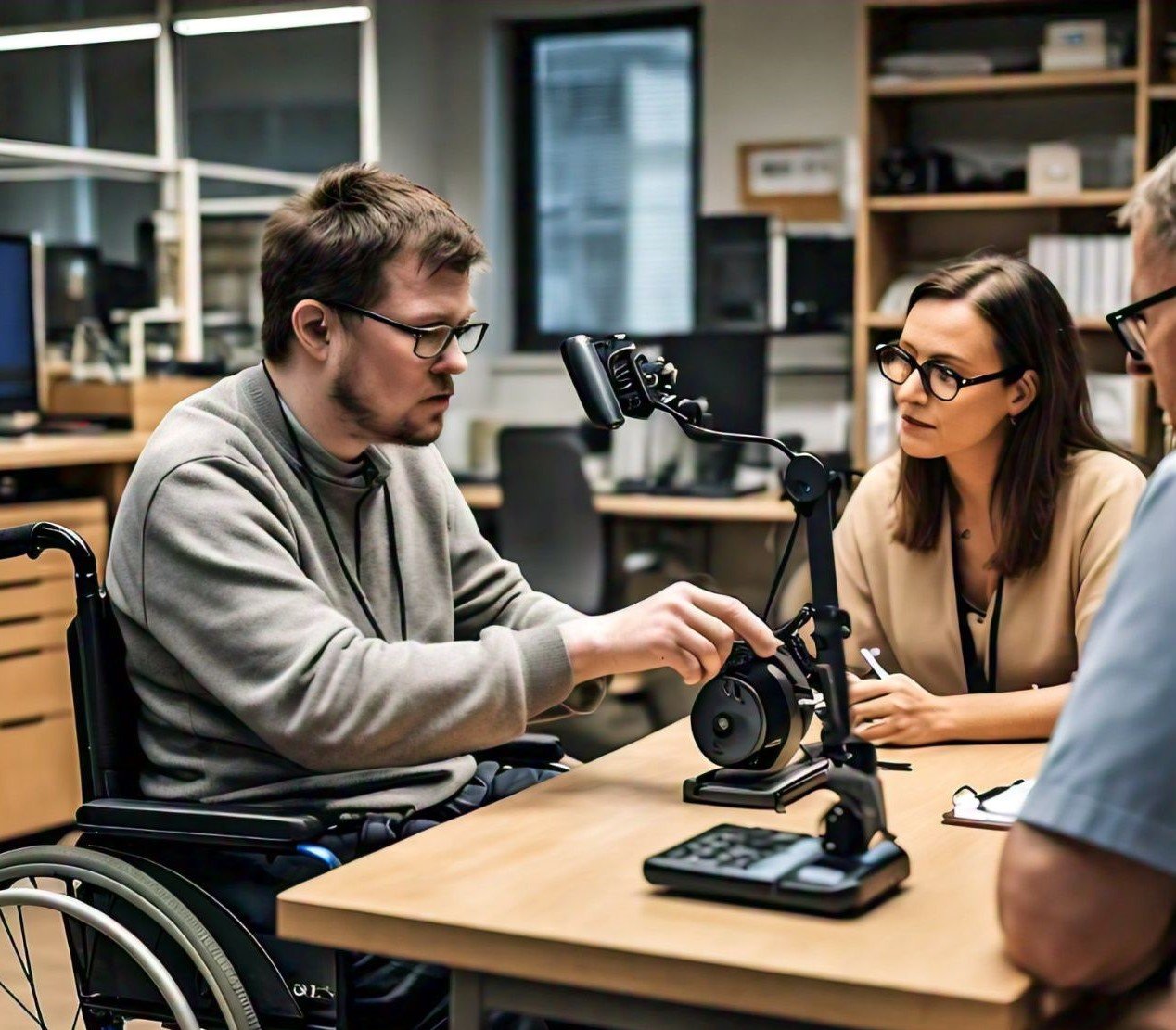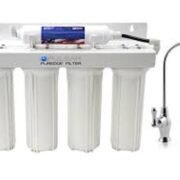Part of Roosevelt Warm Springs’ longstanding mission as a beacon for those with disabilities striving to lead more independent lives and join the workforce. Aligned with its position as a leading provider of rehabilitation services and vocational training, the facility provides crucial support to individuals in recovering from disabilities and regaining skills and including Assistive Work Technology Assessment. Assistive Work Technology Assessment must be acknowledged and the appropriate tools, technology adopted to help persons with disabilities in their workplace surroundings.
What is Assistive Work Technology?
Assistive Work Technology Assessment any device, software or equipment designed to assist people with disabilities in performing tasks that they might otherwise be unable to accomplish. The designed assistive technology supports employment, production, and increased independence of people. Whether that means using a mobility aid, comparison device, or adaptive pc software program (just to name a few…), assistive technologies are crucial in representing great opposition in the workplace.
These technologies can revolutionize work, communication and interaction in the professional context for people with physical, sensory or cognitive disabilities.
Overview of Assistive Technology Assessments
An Assistive Work Technology Assessment The process determines technology to best assist this individual in the workplace. The assessments look at the person’s capabilities, their job specifications and their working area.
The assessment in question is geared towards matching you to the right management and training products for effective utilization. Assistive technology assessments are one part of the continuum of vocational rehabilitation services that Roosevelt Warm Springs provides to individuals with disabilities preparing for or performing work.
The Role of Roosevelt Warm Springs in Assistive Work Technology
Roosevelt Warm Springs has a long history of delivering total rehabilitation care. The center has a long-time reputation as helping people with disabilities become more independent and employable through a host of programs.
Through state-of-the-art technology, specialty equipment and a seasoned staff, Roosevelt Warm Springs is a hive of assistive technology innovation. The center partners with employers, tech providers and agencies to help plug people in to top-flight resources.
Types of Assistive Technology Available at Roosevelt Warm Springs
Roosevelt Warm Springs provides an Assistive Work Technology Assessment:
- Mobility aids: ADFs such as wheelchairs, walkers & special seating assist in mobility.
- Computer accessibility tools: results in the millions of people with visual, auditory or motor impairments not being able to work comfortably on computers.
- Communication devices: Speech-generating devices, or Apps to help people communicate when they have difficulty using their voice.
- Adaptive tools for sensory impairments: for sensory impairments: Any device that heightens hearing or vision, like listening aids or enhancements.
The Assessment Process at Roosevelt Warm Springs
The Roosevelt Warm Springs assistive technology assessment is an in-depth experience that exists to be sure the consumer receives the appropriate equipment for their very own use.
Initial Evaluation: Understanding the Client’s Needs
And the first part of this assessment is a detailed examination of the person’s skills; challenges, and employment objectives. These might include medical history thorough, discussions with vocational counselors and understanding the person’s work environmenturnal.
Identifying the Right Technology Solutions
After the first assessment is done, we can start to list those suitable technology solutions. The individual, the assessor and perhaps an employer will work together in this collaborative process to decide which tools would offer appropriate support within the workplace.
Trial and Training with Assistive Devices
They identify the right technologies and then allow clients to trial a device. With this additional hands-on experience, the employee gets other options for supporting them on using the technology. They receive training to learn about operating and maintaining the device.
Feedback and Adjustments
a critical component of the assessment process. On the other hand, clients can provide feedback on the functionality and comfortability of the devices, who will then make their adjustments accordingly. That means whether or not their tech operates seamlessly in the course of their working affairs..
Benefits of Assistive Work Technology Assessments
Helping to work: the wide-ranging benefits of assistive work technology assessments. These assessments allow individuals with disabilities to gain more job positions and scores of them workplace participation. Roosevelt Warm Springs tools people with the best possible solutions for independence, confidence and job performance.
Examples of Assistive Work Technology at Roosevelt Warm Springs
Case Study: A Client with Mobility Challenges
Roosevelt Warm Springs evaluated a client with severe movement disability. During which was issued a motorized chair and work spaces suited to their abilities that allowed the participants very good functionality of their duty station, leading to substantial success in terms of independency on the job.
Case Study: Adaptive Technology for a Visually Impaired Employee
A screen reader and voice recognition software had helped another client who was visually impaired. The direct, communication approach they used with computer systems gave them efficient ways to interface that helped increase their productivity and ease coping with tasks.
Case Study: Enhancing Communication for a Client with Speech Difficulties
A client with speech difficulties turned to their occupational therapist at Roosevelt Warm Springs for a solution. The result was the client being referred to receive some essential speech-generating devices, allowing him to communicate effectively with co-workers and managers. The innovation closed a crucial communication hole and encouraged a workplace that was naturally more inclusive.
How Assistive Technology Fits into Vocational Rehabilitation
Supportive technology is central to the vocational rehabilitation process at Roosevelt Warm Springs. It also assists with keeping gainfully employed individuals able to stay engaged. With the help of vocational counselors, it assures that individuals are prepared to face the challenges associated with their jobs.
Challenges Faced During Assistive Technology Assessments
However, as good as they are these systems also bring challenges along with some good stuff. Key issues relate to the availability of autonomous technology, costs, and human adaptation. To these tricky issues, Roosevelt Warm Springs provides continuing support and searches for permutations of funding where we can..
The Future of Assistive Work Technology
Robotics, Artificial intelligence(AI) and smart devices(Credit: Bulgarelli); Much like the recent advances in robotics, artificial intelligence(AI), and smart devices that has led to more capable assistive technologies which is big chance for people with disabilities. With technology rapidly improving so much in recent years, Roosevelt Warm Springs has a responsibility to ensure that the programs and clients are able to also receive updated, quality and efficient technology.
Conclusion
Assistive Work Technology Assessment by Roosevelt Warm Springs is changing lives of individuals with disabilities. These tailored offerings allow the center to offer services that give individuals the tools to overcome barriers, be self-sufficient, and succeed in a competitive workforce. From Mobility Aids, Communication Devices and Computer Accessibility Tools The All-Inclusive Roosevelt Warm Springs Move the Voters.








